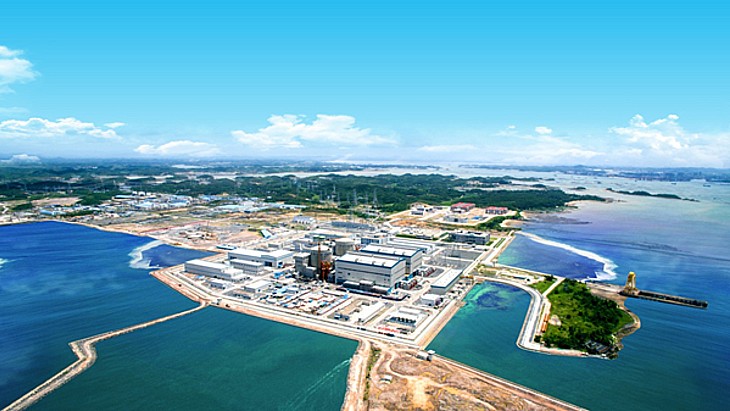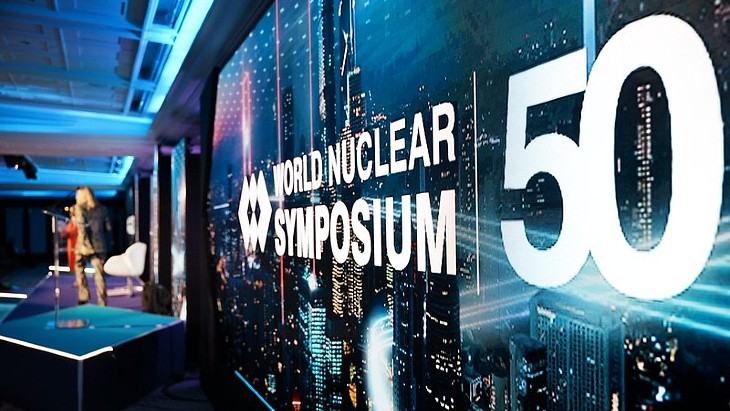The university plans to issue a Request for Qualification/Request for Proposal (RFQ/RFP) in April, to solicit interest from qualified parties to provide preliminary designs and industry partnerships. The request also will support preparation of regulatory requirements for potential construction at Discovery Ridge in Columbia, Missouri.
MURR was originally constructed as a 5 MWt reactor, and began operations in 1966. Its power was increased to 10 MWt in 1974, and it now operates six-and-a-half days per week, all year round. The reactor is currently the only producer in the USA of the medical isotopes yttrium-90, used for the treatment of liver cancer; molybdenum-99, for analysis of heart functions; iodine-131, used for treatment of thyroid cancer; and lutetium-177, used for treatment of pancreatic and prostate cancers.
According to the university, more than 1.6 million patients a year are diagnosed or treated using radioisotopes that MURR produces. MURR NextGen will build on the internationally recognised excellence of MURR and expand the university's isotope production capabilities, it said.
"The work that we do at MURR saves and improves thousands of lives each and every day," said Mun Choi, University of Missouri president. "NextGen MURR will produce advanced cancer medicines for the next 75 years and solidify the University of Missouri's position as the most important resource for medical isotopes in the United States."
Molybdenum-99 - Mo-99 - is used in hospitals to generate technetium-99m, a critically important diagnostic imaging radioisotope used in 40,000 patient imaging studies per day in the USA. The USA has in the past been heavily reliant on imported Mo-99, but since 2009 a programme by the US Department of Energy's National Nuclear Security Administration has been working to create a reliable commercial domestic supply of the isotope made without the use of high-enriched uranium (HEU).
NorthStar Medical Radioisotopes, in partnership with MURR, has since 2018 produced non-HEU Mo-99 by irradiating and processing molybdenum-98 targets at MURR. The company is also planning to produce the isotope using electron accelerators to irradiate molybdenum-100 targets at a new facility in Beloit, Wisconsin. These dual production and processing pathways will help ensure a reliable supply of Mo-99, according to information from the company.

.jpg)




_84504.jpg)
_58447.jpg)





